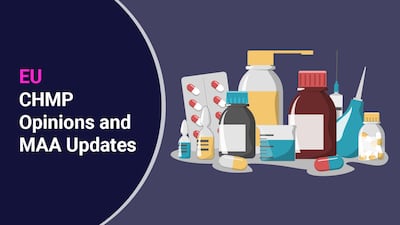Key Takeaways
- The US FDA’s 61 novel approvals put 2024 behind only 2023 and 2018 for most approvals of new molecular entities and novel biologics in a year.
- The FDA acted on 77 novel agent applications, with 21% of applications receiving a complete response letter, continuing the growth trajectory of CRLs over the decade.
- The FDA drugs center posted 50 novel approvals, above the 10-year average of 45.6, while the biologics center added 11, almost two more than the average of 9.2 novel biologics approvals a year.
A high volume of new molecular entity and novel biologic applications helped the US FDA pass the 60-approval mark in 2024 for only the third time in more than a decade.
The Center for Drug Evaluation and Research approved 50 novel applications and the Center for Biologics Evaluation and Research added another 11.
The 61-strong 2024 approval cohort still is a stark decline from 2023’s record-setting 72 novel approvals. Complete response letters for novel agents also dropped to 16 after 21 were issued in 2023.
Across the decade from 2014-2023, CDER averaged 45.6 novel approvals a year, more than four fewer than 2024, while CBER’s 9.2 novel biologics average was about two below its 2024 count. (See infographic below.)
CBER had its best year ever in 2023 with 17 novel approvals, setting 2024 up for a big decline even with an above-average count. But the 2024 novel approval total is even more concentrated along expedited review pathways.
Nearly 75% of the 2024 CBER approval class held a breakthrough therapy (BTD) or regenerative medicine advanced therapy (RMAT) designation, compared to 2023, when a little more than half held the designations. One-third of the class received an accelerated approval, while only 12% of the 2023 approvals used the pathway.
The number of CDER novel approvals with a BTD increased from 24% in 2023 to 42% in 2024.
CBER also posted a higher approval rate than CDER in 2024. The biologics center issued only two CRLs, both for regenerative medicines, which accounted for 15% of its approval decisions for novel agents. CDER’s 14 known CRLs constituted 22% of its approval decisions.
[Editor’s note: The Pink Sheet will explore the review metrics of the 2024 novel approval class more closely in future stories in our Pink Perspectives series.]
Growing Comfort With CRLs
CRL rates have been climbing slowly, but steadily, throughout the decade outside of a spike in 2016. The 2024 overall CRL rate of 21% appears significantly different from the 5% rate in 2015.
In the first five years of the past decade, an average of 16% of FDA approval decisions were CRLs. In the second half of the decade, the average climbed to 23%.
The Pink Sheet FDA Performance Tracker’s Complete Response Letters tracker identified 85 CRLs for novel agent applications issued from 2019-2023, a significant jump from the 45 issued from 2014-2018.








